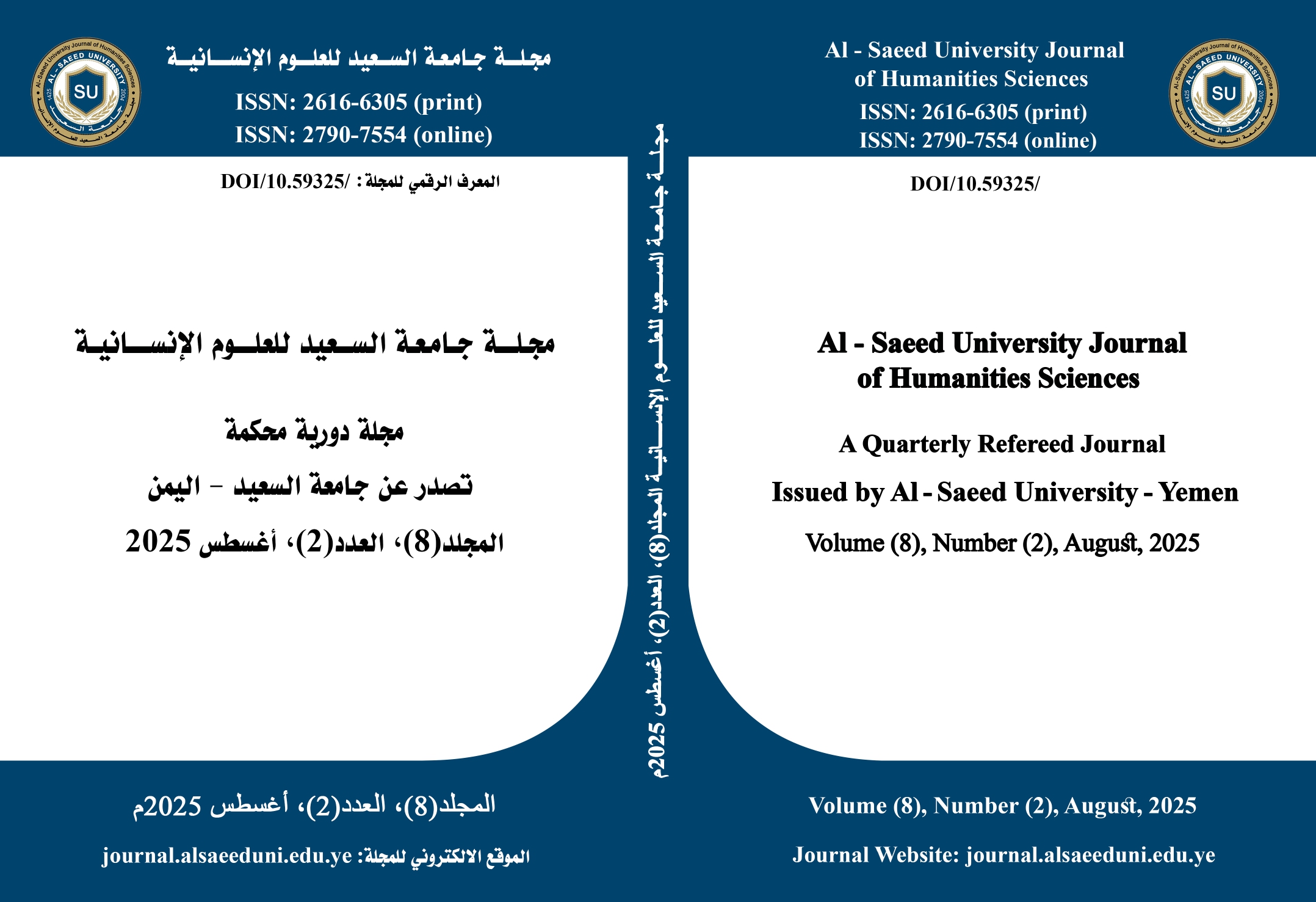Asymmetric Cost Behavior and Its Reflection on the Profitability of Yemeni Industrial Companies Amidst the Economic Crisis "An Applied Study"
DOI:
https://doi.org/10.59325/sjhas.v8i2.269Keywords:
Asymmetric Cost Behavior, Upward Stickiness, Downward Stickiness, Operating Costs, Economic Crisis, Return on Assets (ROA), Net Profit Margin (NPM)Abstract
This research aims to provide further empirical evidence on the asymmetric behavior of costs in Yemeni industrial companies and to measure the impact of such behavior on the profitability of these companies under the prevailing economic crisis.
To achieve this objective, an applied study was conducted using data from 14 Yemeni industrial companies, with a total of 86 observations covering the period from 2011 to 2017. The research employed multiple linear regression models using panel data with fixed effects to test the hypotheses. The findings indicate that operating costs exhibit asymmetric behavior—being upward sticky prior to the economic crisis and downward sticky during the crisis period. Moreover, the stickiness of operating costs has a negative effect on both Return on Assets (ROA) and Net Profit Margin (NPM) before the crisis, while it has a positive effect during the crisis in Yemeni industrial companies.
Downloads
Published
How to Cite
Issue
Section
License
Copyright (c) 2025 عادل عبدالغني قائد الزعيتري، نورا ياسين إسماعيل سعيد، معاذ طاهر صالح المقطري

This work is licensed under a Creative Commons Attribution 4.0 International License.
copyright is retained by the authors. Articles are licensed under an open access Creative Commons CC BY 4.0 license, meaning that anyone may download and read the paper for free. In addition, the article may be reused and quoted provided that the original published version is cited. These conditions allow for maximum use and exposure of the work.



